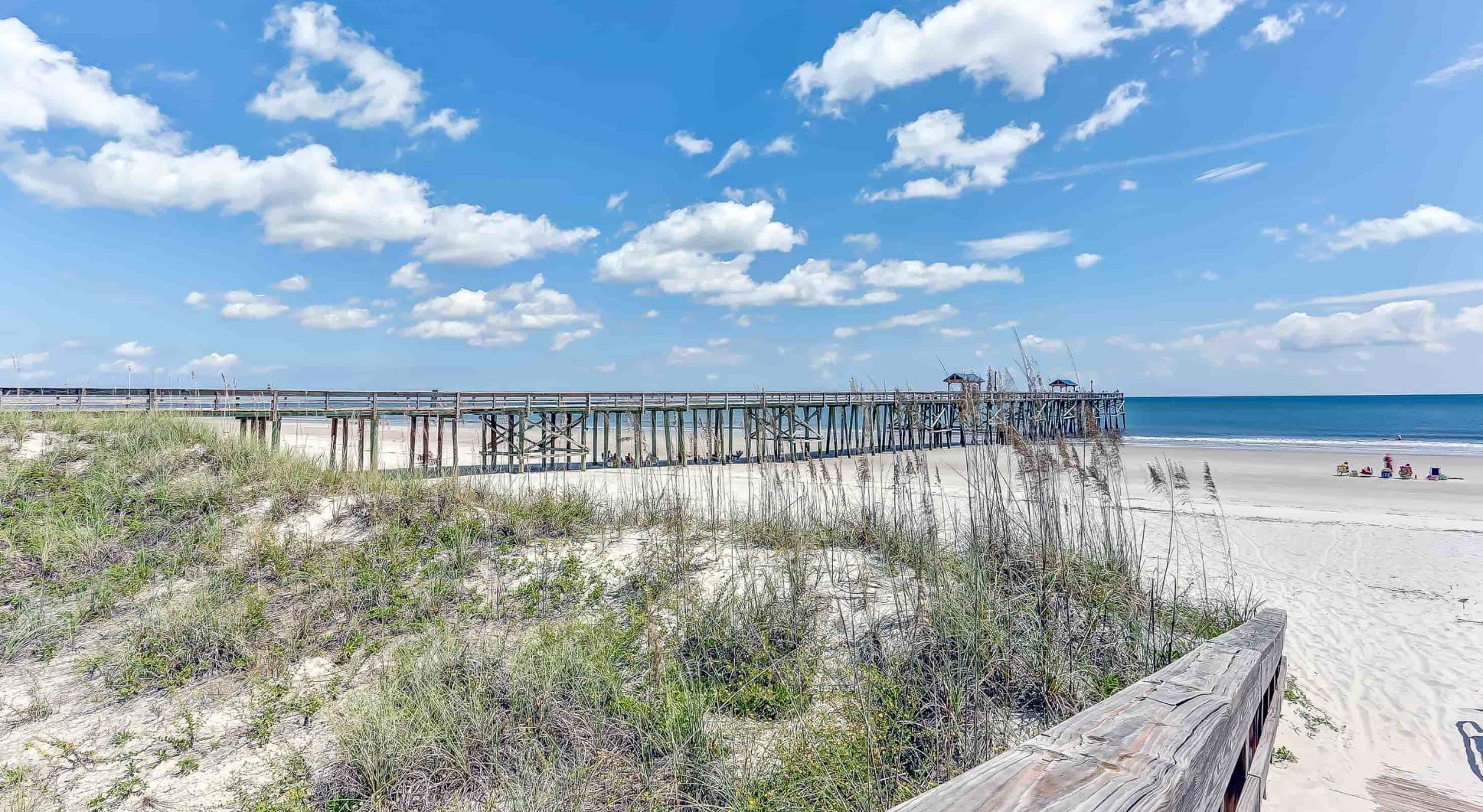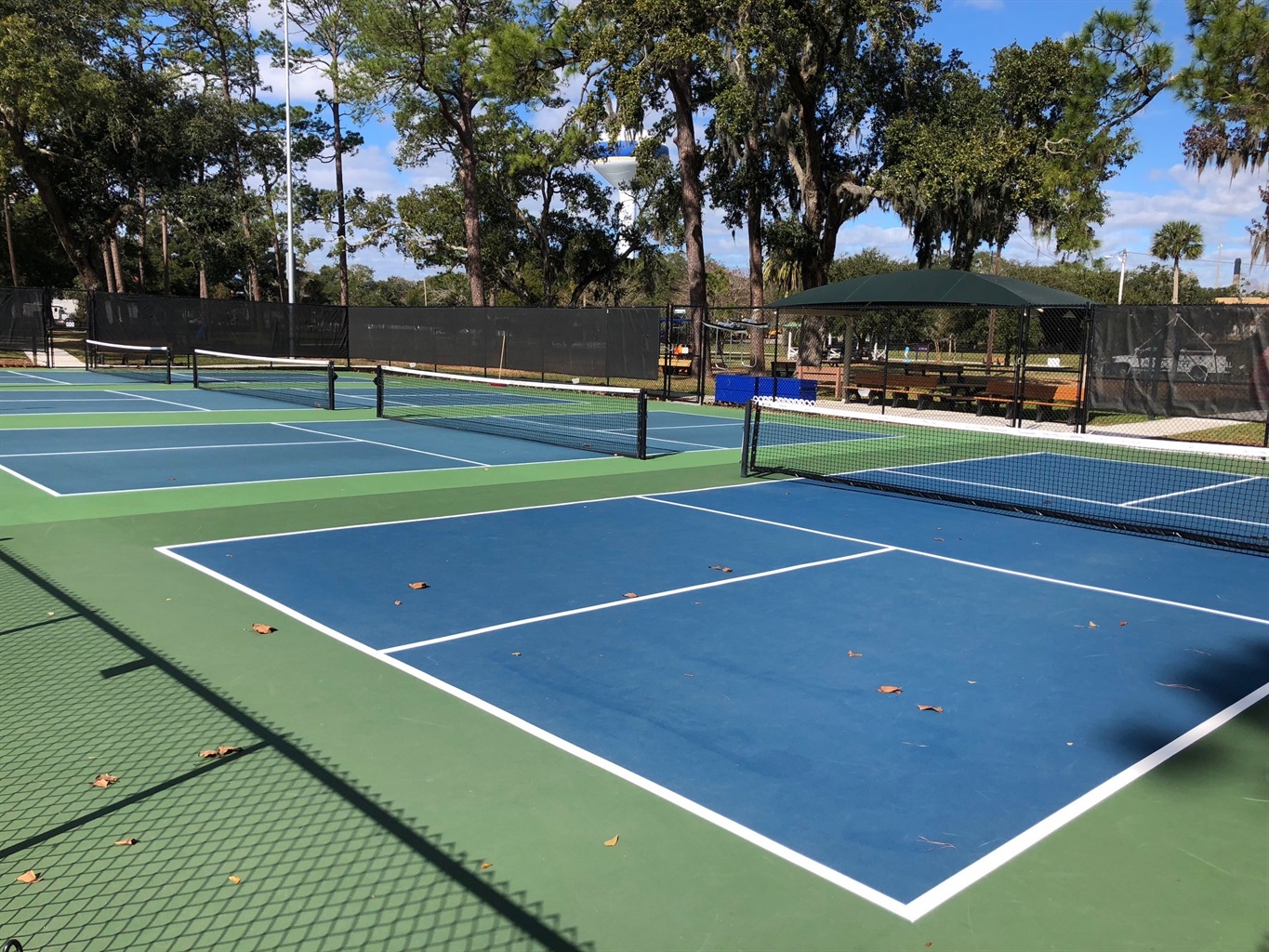Wondering what the straw-like stuff is on our beaches? Or why sometimes there is a line of beach debris (both natural and manmade) many feet away from the current shoreline. Let’s dive into some beach science or ecosystem.
A coppery brown during the winter, this perennial grass sprouts vivid green new growth as spring approaches. Spartina alternaflora — or, as the locals refer to it, cordgrass — is one of the keystone elements of our saltmarsh environment. Spartina stalks also break up wave energy before it reaches land, lessening the impact of storms. These grasses, measuring 8 to 60 inches, also provide an important refuge for all kinds of wildlife. Wading birds, marsh wrens, clapper rails, mink and otter are among the critters seeking refuge here from predators, inclement weather and the curious eyes of humans.
Cordgrass is pushed into the current by rising tides and new growth, and quickly begins to decompose. This is what makes-up the straw-like stuff you see on our beaches, which in the fall months is added to our wrack lines.
Although you may not be familiar with this term, I’m sure you’ve searched through and near it looking for whatever “beach treasures” enticed you. Wrack lines are linear piles of marine debris (both natural and manmade) that get washed up on the beach from incoming waves and tides. Typical debris includes uprooted seagrasses, algae, seeds, mangrove leaves and propagules, along with sponges, soft corals, shells, egg cases, and worm tubes.
Unfortunately, the wrack line is also often a reminder that human-based marine debris has become a common site in the marine environment; plastics, fishing gear, cigarette butts, and drift wood are common finds. Regardless, the wrack line is an important part of the beach ecosystem. The size and duration of the wrack line can vary depending on storm activity, winds, and tide conditions. Once established, the wrack line provides shelter for a variety of animals such as insects, crabs, and amphipods thus making it a vital component of the coastal ecosystem.
sources:
https://www.keyscience.org/the-wrack-line-is-full-of-treasures/
https://www.daufuskieisland.com/spartina-the-splendor-of-our-marsh-grass/





